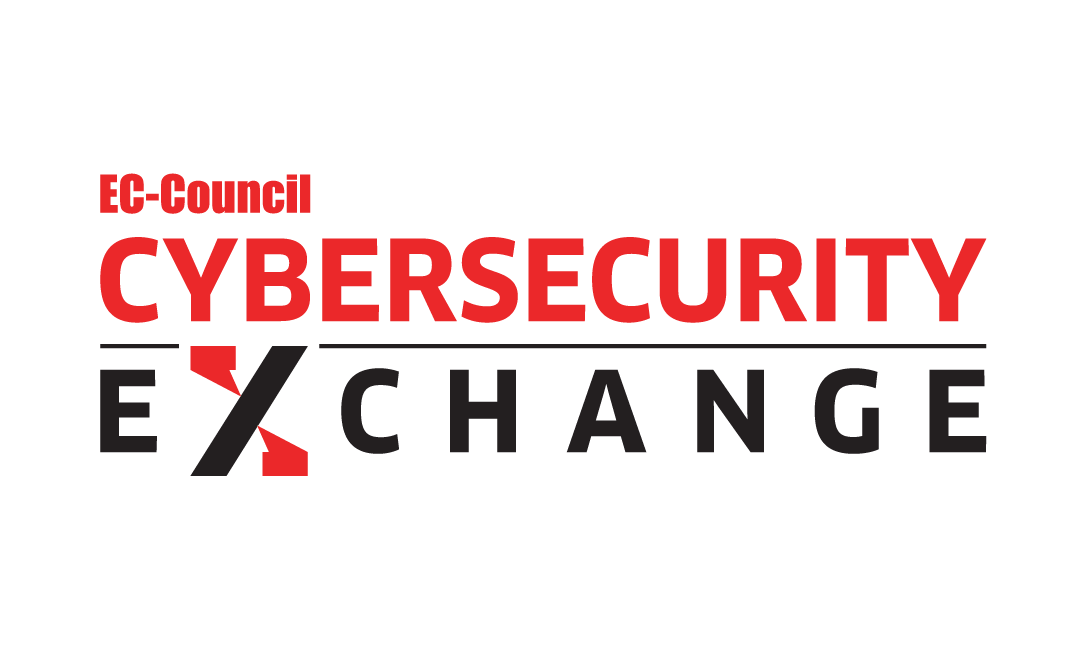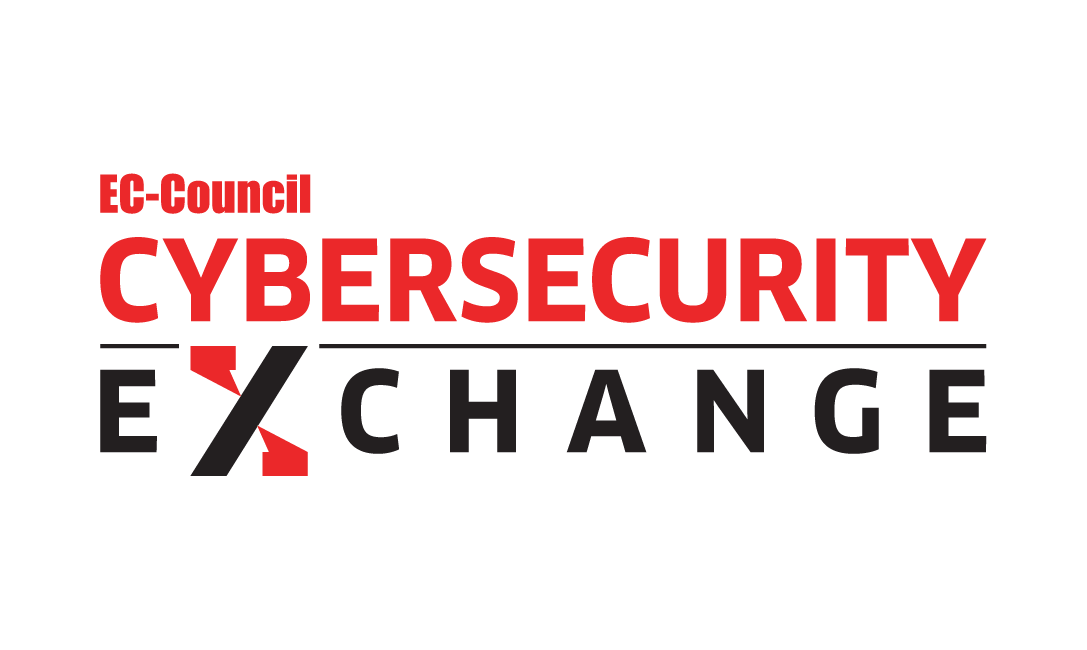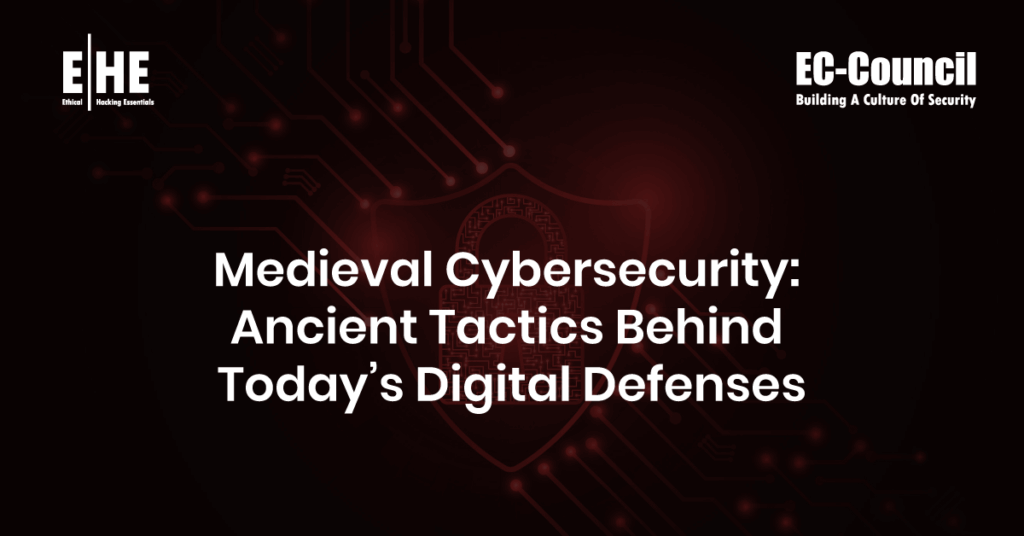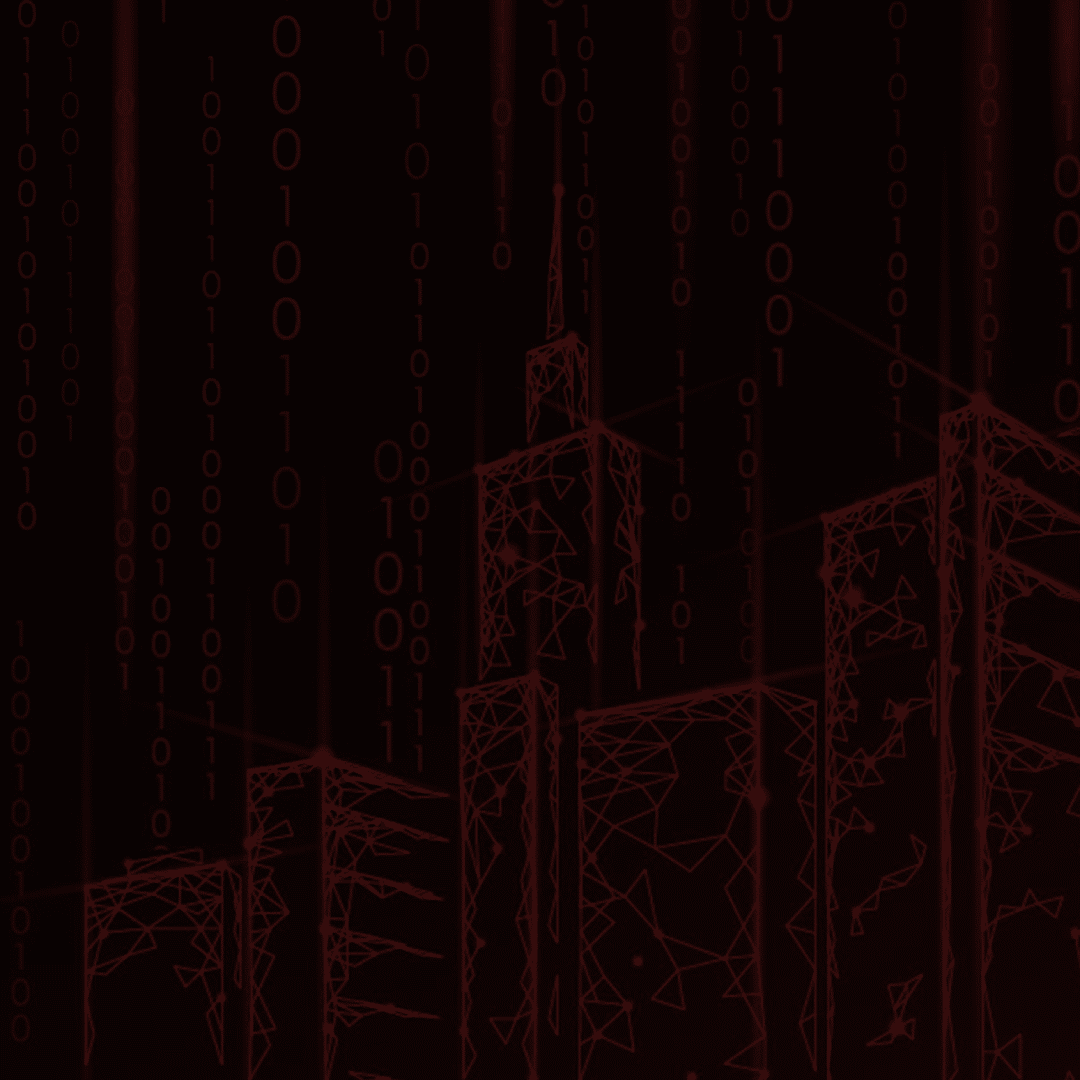Cybersecurity is widely recognized as a contemporary discipline, shaped by the advent of the internet and refined through ongoing encounters with malicious actors. However, many of its foundational principles can be traced to medieval practices concerning data protection.
Research at the intersection of artificial intelligence, crisis response, and digital security has revealed that numerous strategies employed in medieval times, originally designed for safeguarding messages, deploying spies, and defending fortified structures, have quietly informed the development of modern digital defense mechanisms. This article examines those enduring techniques and explores their transformation into the core pillars of today’s cybersecurity landscape.
Steganography: Concealing Messages Across Eras
Early forms of steganography were documented by historians such as Herodotus, who described techniques like tattooing messages on the shaved heads of enslaved people, allowing the information to remain hidden until the hair regrew. During the Middle Ages, invisible inks derived from substances such as lemon juice or milk were commonly employed to obscure messages within written correspondence.
In contemporary cybersecurity, steganography continues to be utilized, now within digital media. Data is embedded discreetly within images, audio, or video files. While malicious actors often leverage this technique for covert communication, security professionals apply it for purposes such as watermarking and embedding tracking information.
Ciphers: The Evolution of Encryption
The development of ciphers can be traced to antiquity, with examples such as Caesar’s substitution cipher and the Vigenère cipher, which gained prominence in 16th-century France. Renaissance-era cryptographers introduced cipher disks to enable more sophisticated substitutions.
These historical innovations laid the foundation for modern symmetric encryption. Although contemporary algorithms, such as AES (Advanced Encryption Standard), are significantly more advanced, the fundamental objective remains unchanged: to transform readable information into unintelligible text, accessible only to authorized parties.
Seals and Signatures: Verifying Authenticity
In medieval times, wax seals served as a means of authenticating the origin of messages and detecting tampering. Each seal was unique to its issuer, making forgery difficult and recognition straightforward.
Today, digital signatures and certificates fulfill a similar role. Through public key infrastructure (PKI), documents and websites are verified by trusted authorities. Despite technological advancements, the underlying purpose remains consistent: to confirm the integrity and origin of communications.
Rotating Watchwords and Cryptographic Key Rotation
Medieval fortifications and military camps employed rotating watchwords, which were changed frequently to ensure security. Guards were required to know the current password to gain entry, regardless of their appearance or affiliation.
Modern cybersecurity practices mirror this approach through key rotation and password expiration policies. Regular updates to cryptographic keys are implemented to minimize the risk of prolonged exposure and potential compromise.
Deception and Honeypots
Historically, misdirection has played a pivotal role in warfare. Tactics such as forged communications, impersonations, and decoys were employed to mislead adversaries and gain strategic advantage. For instance, during the Hundred Years’ War, fabricated letters were used to lure enemy forces into ambushes.
In the modern digital landscape, cybersecurity professionals adopt similar principles through the use of honeypots and deception technologies. These tools are designed to attract malicious actors into controlled environments, allowing defenders to monitor attacker behavior, gather intelligence, and respond effectively—without compromising actual systems or data.
Codebooks and Shared Secrets
In medieval Europe, diplomatic missions frequently relied on codebooks, compact documents containing agreed-upon symbols and phrases. The loss of such a codebook was considered catastrophic, as it enabled adversaries to decipher intercepted communications. This concept forms the basis of symmetric key cryptography, wherein both parties must possess and safeguard a shared secret key. Whether securing a VPN connection or encrypting a hard drive, the principle remains unchanged: mutual possession of a confidential key is essential for secure communication.
Null Ciphers and Obfuscation
Null ciphers, which conceal hidden messages within seemingly ordinary text, were widely used during wartime, particularly in espionage. Techniques such as extracting the third letter of each word to form a covert sentence exemplify this approach. In modern cybersecurity, similar principles are applied through covert channels, where data is embedded within network traffic or benign-looking documents. Additionally, obfuscation plays a critical role in software protection and malware evasion, making code difficult to analyze or reverse-engineer.
Symbolic Codes and Visual Security
Throughout history, secret societies and religious groups employed symbolic codes to convey hidden meanings. Alchemists, for instance, developed intricate visual languages understood only by insiders. Contemporary equivalents include QR codes, visual CAPTCHAs, and biometric glyphs, which utilize visual elements for secure identification and communication.
Research at the intersection of artificial intelligence, crisis response, and digital security has revealed that numerous strategies employed in medieval times, originally designed for safeguarding messages, deploying spies, and defending fortified structures, have quietly informed the development of modern digital defense mechanisms. This article examines those enduring techniques and explores their transformation into the core pillars of today’s cybersecurity landscape.
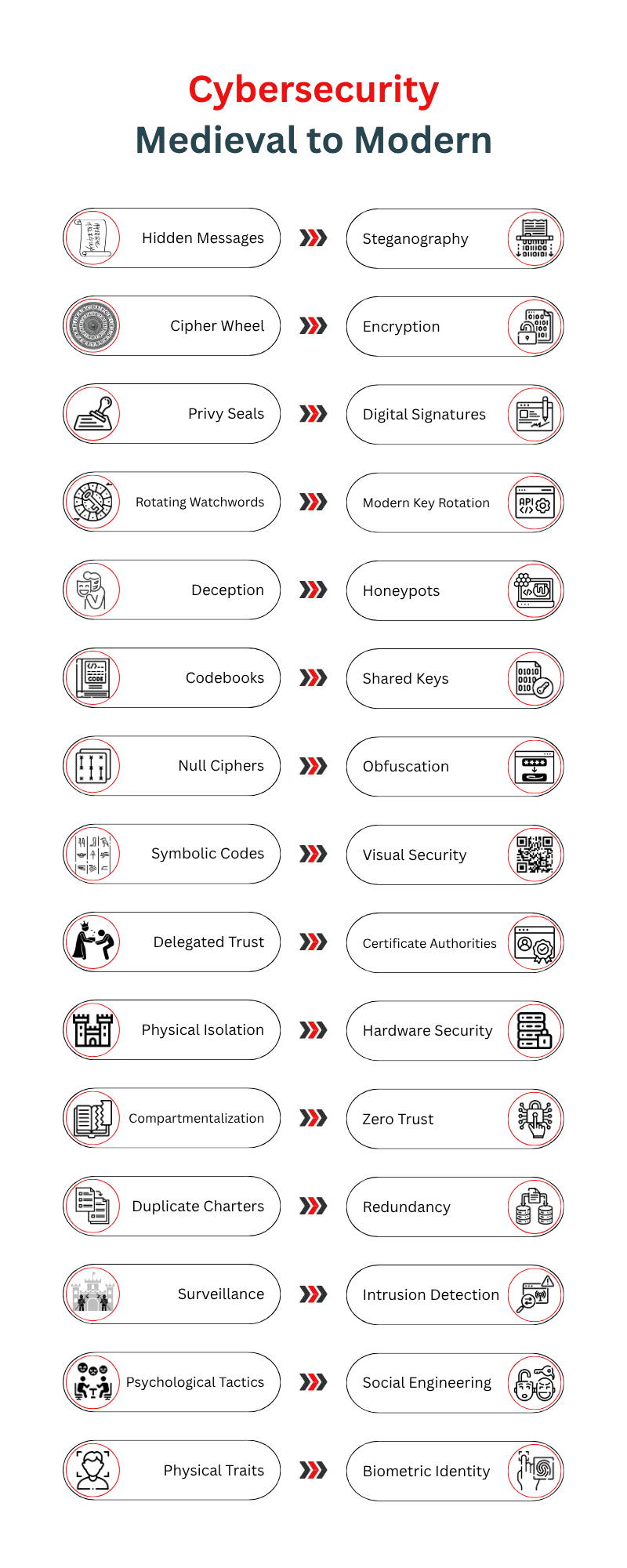
Delegated Trust and Certificate Authorities
In medieval contexts, kings and nobles delegated authority to heralds and messengers, who were trusted to speak on their behalf. This delegation of trust is mirrored in modern digital environments through certificate authorities (CAs). CAs validate the authenticity of websites and services, enabling secure HTTPS communication. When a certificate is invalid or revoked, the trust relationship is effectively broken.
Physical Isolation and Hardware Security
Castles and monasteries often incorporated hidden compartments, trapdoors, and remote storage to protect valuable materials. Scrolls were duplicated and stored in distant locations to ensure preservation. In cybersecurity, air-gapped systems and hardware security modules (HSMs) serve a similar purpose by isolating sensitive data and cryptographic keys from internet-connected environments, thereby reducing exposure to threats.
Compartmentalization and Zero Trust
Military leaders historically practiced compartmentalization by disclosing only partial information to their troops, minimizing the risk of betrayal. This strategy underpins the Zero Trust Architecture, which assumes no inherent trust within a network. Access is granted based on continuous verification, least privilege, and strict segmentation, ensuring that no single entity holds excessive control.
Redundancy and Resilience
To ensure message delivery, important communications were often duplicated and dispatched via multiple routes. Libraries preserved knowledge by creating duplicate scrolls, safeguarding against destruction by fire or conflict. Today, redundancy is a cornerstone of resilient infrastructure. Data centers implement geographic replication, backup systems, and disaster recovery protocols to maintain continuity in the face of failure or attack.
Surveillance and Intrusion Detection
Medieval cities employed guard towers, sentries, and patrols to detect intrusions and respond to threats. Early warning systems were used to alert inhabitants to fires or enemy movements. In the digital realm, intrusion detection systems (IDS), firewalls, and security information and event management (SIEM) platforms fulfill this role by monitoring for anomalous activity and triggering alerts when suspicious behavior is detected.
Social Engineering and Psychological Tactics
Human vulnerabilities have long been exploited by spies through methods such as bribery, impersonation, and manipulation. These psychological tactics remain central to modern cyberthreats, including phishing attacks, fraudulent support calls, and credential harvesting schemes. While the tools have evolved, the underlying exploitation of human behavior persists.
Biometric Identity and Physical Traits
Tribal and military groups historically relied on facial recognition, distinctive markings, and rituals to verify identity and group membership. Modern systems employ biometric authentication, including fingerprints, facial scans, and retinal patterns, to establish identity. Verification now extends beyond knowledge-based credentials to encompass physical traits.
Conclusion
Research into the historical parallels of cybersecurity reveals that while technologies have advanced, the core challenges remain remarkably consistent. The need for secrecy, controlled access, and trust has persisted across centuries. By understanding the lineage of these principles, a broader and more nuanced perspective on cybersecurity is gained, one that emphasizes not only technological innovation but also enduring human strategies that continue to shape digital defense.
Tags
About the Author
Hrishitva is a Graduate Research Assistant specializing in software innovation. With a passion for solving complex challenges, he is also interested in developing novel solutions tailored to the needs of organizations, blending academic insight with real-world impact to drive technological advancement.
